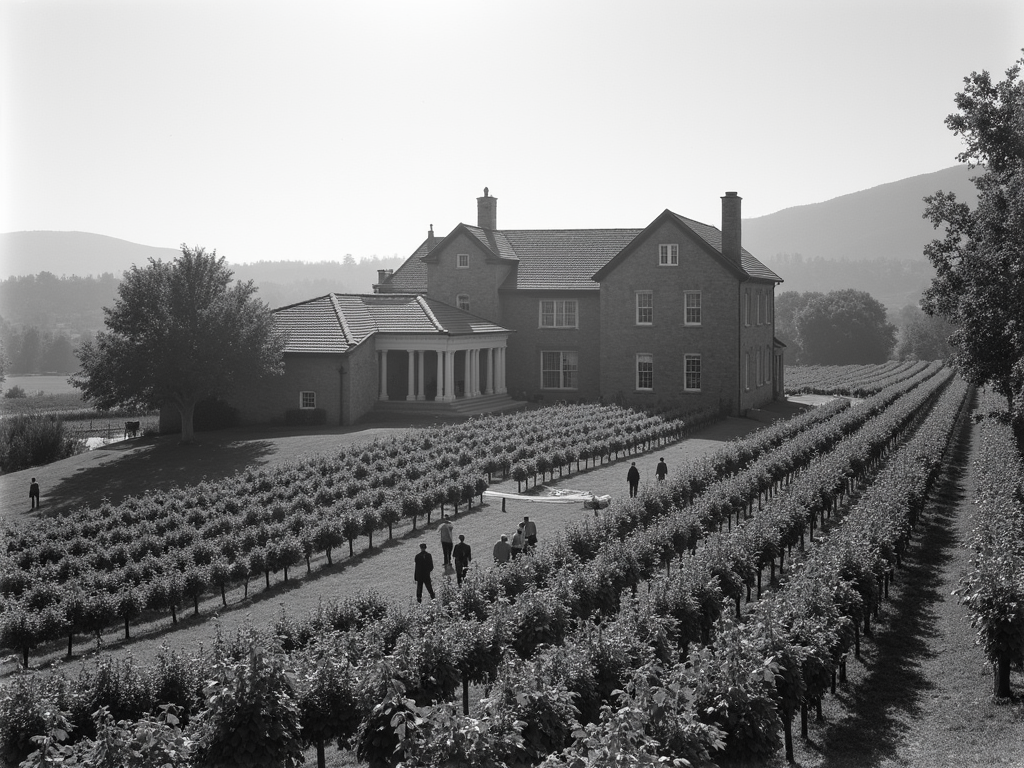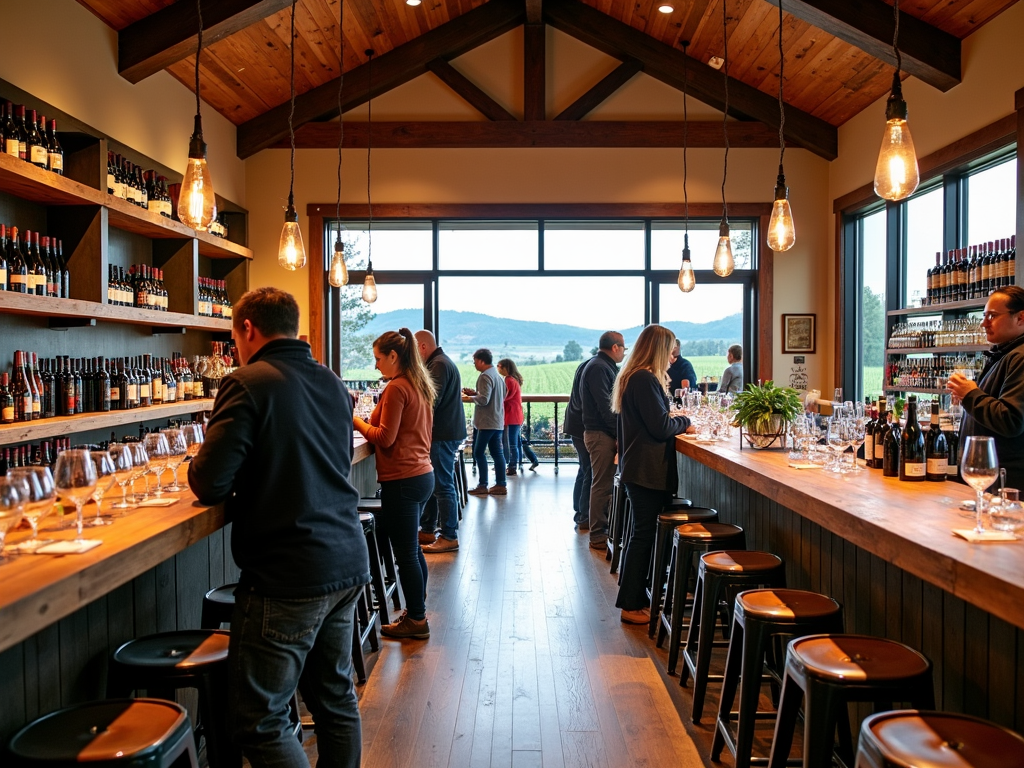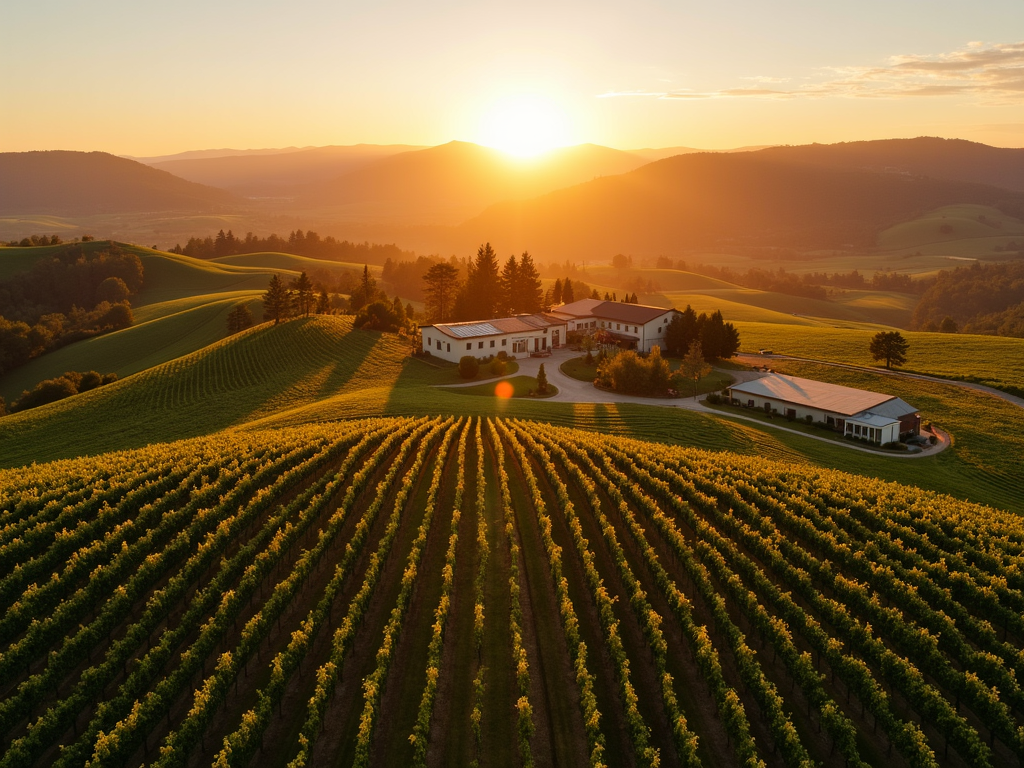The Legacy of Beringer Wines: A Journey Through Time
Beringer Wines, a name synonymous with quality and tradition, has a history that spans over a century. Founded in 1876 by brothers Jacob and Frederick Beringer, this iconic winery has not only survived but thrived through the ups and downs of the wine industry. Today, Beringer stands as a testament to the enduring power of passion, innovation, and a deep respect for the land. This article delves into the fascinating history of Beringer Wines, exploring its roots, growth, and the legacy it continues to build.

The story of Beringer Wines begins in the heart of Napa Valley, California, where Jacob and Frederick Beringer, immigrants from Germany, saw the potential for world-class winemaking. In 1875, they purchased 215 acres of land in St. Helena, laying the foundation for what would become one of the most storied wineries in America. The brothers brought with them a deep knowledge of viticulture and a vision to create wines that could rival the best of Europe. By 1876, the first vintage was produced, marking the official start of Beringer Wines.
The early years were not without challenges. The winery faced the devastating effects of phylloxera, a pest that ravaged vineyards across the globe in the late 19th century. However, the Beringer brothers' resilience and innovative spirit saw them through. They were among the first in Napa Valley to experiment with grafting techniques, which helped protect their vines and ensure the survival of their winery. This period of adversity only strengthened their resolve and set the stage for future success.
As the 20th century dawned, Beringer Wines began to gain recognition beyond the local market. The winery's commitment to quality and consistency earned it numerous awards at national and international competitions. One of the most significant milestones came in 1934 when Beringer was awarded a gold medal at the Golden Gate International Exposition for its Cabernet Sauvignon. This accolade not only solidified Beringer's reputation but also helped put Napa Valley on the map as a premier wine-producing region.

The latter half of the 20th century saw Beringer Wines expand its portfolio and embrace new technologies while staying true to its roots. The introduction of the Beringer Merlot in the 1980s was a game-changer, offering wine enthusiasts a rich, approachable option that quickly became a favorite. For those looking to explore this iconic wine, the Beringer Merlot tasting guide provides an excellent resource, offering insights into its flavor profile and pairing suggestions.
Beringer's commitment to innovation extended beyond the vineyard. In the 1990s, the winery was one of the first to adopt sustainable farming practices, recognizing the importance of preserving the land for future generations. This forward-thinking approach not only benefited the environment but also enhanced the quality of the grapes, leading to even more exceptional wines.
Today, Beringer Wines is more than just a winery; it's a symbol of excellence in the wine industry. With a diverse range of offerings, from its flagship Cabernet Sauvignon to its acclaimed Chardonnay, Beringer continues to set the standard for quality and craftsmanship. The winery's historic estate, with its beautifully preserved 19th-century architecture, remains a must-visit destination for wine lovers from around the world.

The legacy of Beringer Wines is one of perseverance, innovation, and an unwavering commitment to quality. From its humble beginnings in the 19th century to its status as a global wine brand, Beringer has consistently pushed the boundaries of what is possible in winemaking. As we look to the future, it's clear that the story of Beringer is far from over. With each new vintage, the winery continues to honor its rich history while embracing the possibilities of tomorrow.